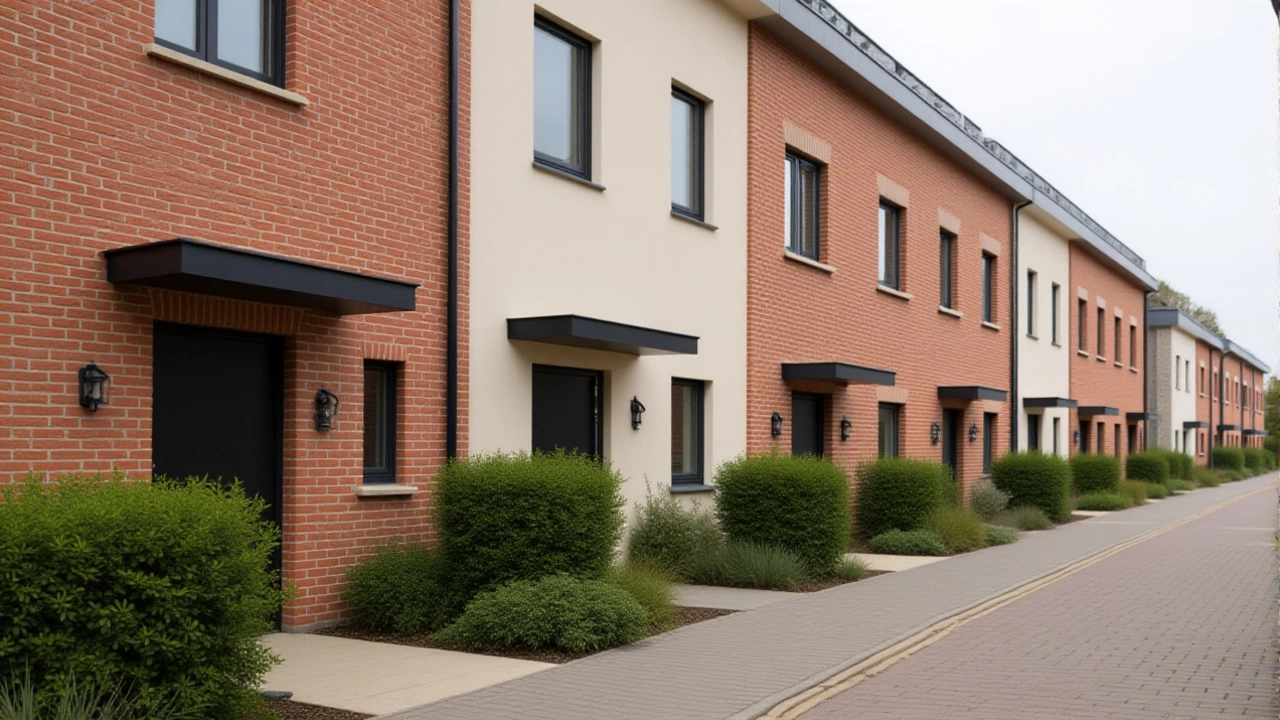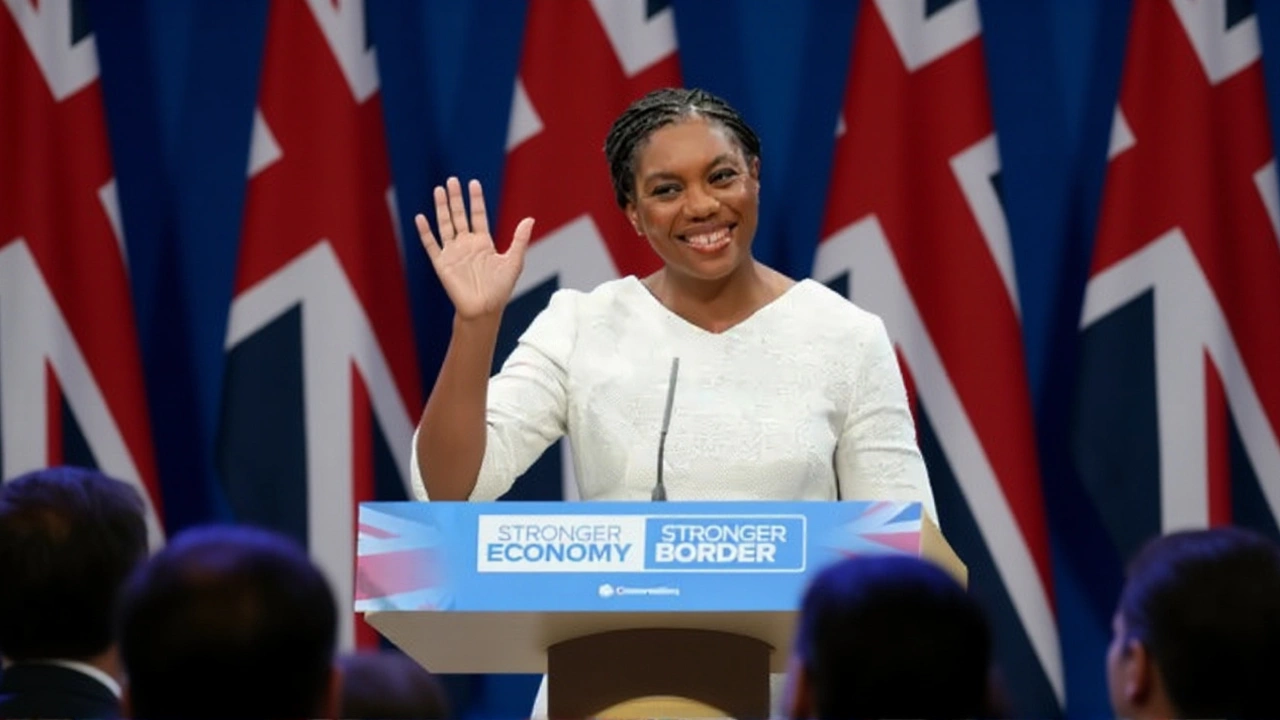
When Jeremy Hunt, Chancellor of the Exchequer unveiled the April 1, 2025 stamp‑duty overhaul, buyers across England and Northern Ireland braced for a shock to their wallets. The UK Government’s decision to slash the zero‑rate threshold for main residences from £250,000 down to £125,000, and to trim the first‑time‑buyer relief ceiling from £425,000 to £300,000, means that thousands of transactions that were previously tax‑free will now attract a bill.
What the New Rates Mean
The revised SDLT (Stamp Duty Land Tax) schedule rolls out a five‑band progressive system for standard residential purchases:
- £125,001 – £250,000: 2%
- £250,001 – £925,000: 5%
- £925,001 – £1.5 million: 10%
- Over £1.5 million: 12%
For first‑time buyers, the zero‑rate band now ends at £300,000. Anything up to £500,000 is taxed at 5% on the amount above £300,000, and properties above that lose the special relief altogether.
How the Changes Compare to Previous Years
These figures represent a reversal of the temporary uplift introduced in September 2022. Back then, Chancellor Hunt raised the standard nil‑rate threshold from £125,000 to £250,000 and the first‑time buyer ceiling from £300,000 to £425,000 as part of the Autumn Statement.
That boost was meant to spur the market during pandemic‑induced slowdown, but it was always slated to expire on March 31, 2025. HM Revenue & Customs (HMRC) confirmed the expiry in its Rates and Allowances document dated 31 October 2024.
To illustrate the shift, a £200,000 house will now attract £1,500 in SDLT (2% on £75,000), whereas under the 2022‑23 rules it was exempt. A £425,000 first‑time‑buyer purchase jumps from £0 to £6,250 in tax now.
Impact on First‑Time Buyers and Additional Property Owners
First‑time buyers are feeling the pinch hardest. According to a study by Clarion Solicitors (published 15 March 2025), roughly 37% of new‑buyer contracts sit between £300,000 and £500,000, meaning a sizable slice will face a 5% charge where there was none before.
Buyers of extra dwellings aren’t spared either. The higher‑rate band climbs to 5% for properties up to £125,000 (previously zero‑rated) and 7% for the £125,001‑£250,000 slice, up from 5%.
Corporate bodies purchasing residential assets now see the top‑rate rise from 15% to 17% on dwellings over £500,000, a tweak detailed by Fox Davidson in its March 1, 2025 calculator update.

Reactions from Industry and Homebuyers
"The sudden contraction of relief will undoubtedly stall confidence among first‑timers," said Laura Chen, senior partner at FSL Accountancy. "Our models show a potential 2‑3% dip in transaction volume in the first quarter after implementation."
Conversely, some market observers argue the move restores fiscal balance. A spokesperson for My Home Move Conveyancing noted, "The temporary thresholds created a distortion where buyers rushed to hit the £425,000 mark. Aligning rates with long‑term fiscal policy should smooth out those peaks."
Potential homebuyers are already recalculating. One first‑time buyer from Manchester, who wished to remain anonymous, told us, "I was aiming for a £380,000 flat because it was tax‑free last year. Now I’m looking at a lower‑priced place or waiting to see if the government will tweak the numbers again."
Looking Ahead: Potential Future Adjustments
While the current rates are set to stay in place until the next Treasury review, analysts warn that further changes could be on the horizon if housing affordability worsens. The Office for Budget Responsibility (OBR) projects that without additional relief, the average first‑time buyer could see up to a £4,000 increase in upfront costs over the next two years.
Watch for any statements from the Annual Budget 2026 – historically a key venue for tax policy tweaks. If the government decides to reinstate some of the 2022 relief, it would likely come with conditions tied to regional development or energy‑efficiency standards.

Key Facts
- Effective date: 1 April 2025
- Standard zero‑rate threshold: £125,000 (down from £250,000)
- First‑time‑buyer zero‑rate threshold: £300,000 (down from £425,000)
- Top standard rate: 12% on properties > £1.5 million
- Higher‑rate for additional dwellings: up to 17% for corporate buyers
Frequently Asked Questions
How does the new SDLT affect first‑time buyers purchasing a £350,000 home?
Under the revised rules, the first £300,000 is tax‑free. The remaining £50,000 is taxed at 5%, meaning the buyer owes £2,500 in SDLT, compared with zero under the previous threshold.
What happens to properties valued above £1.5 million after 1 April 2025?
Any residential purchase exceeding £1.5 million falls into the top band and incurs a 12% SDLT on the amount above that threshold. For a £2 million house, the tax due would be £60,000 (12% of £500,000).
Are there any reliefs for buyers of additional properties?
Yes, a higher‑rate surcharge applies. For an extra dwelling priced at £200,000, the SDLT is charged at 5% on the entire amount, resulting in a £10,000 liability, instead of the previous 3% rate.
When must SDLT be paid and what are the penalties for late payment?
The tax is due within 14 days of the completion date. Late filings attract interest at the prevailing HMRC rate and a possible penalty of up to 100% of the unpaid tax if the delay is deemed deliberate.
Will the government revisit these rates before the next Budget?
While no formal review has been announced, Treasury officials have hinted that they will monitor market reactions closely. If housing affordability worsens, a modest adjustment could be introduced during the 2026 Budget.


